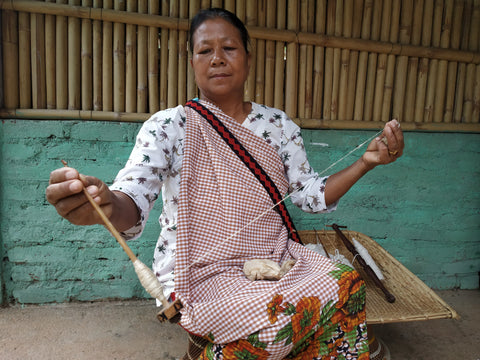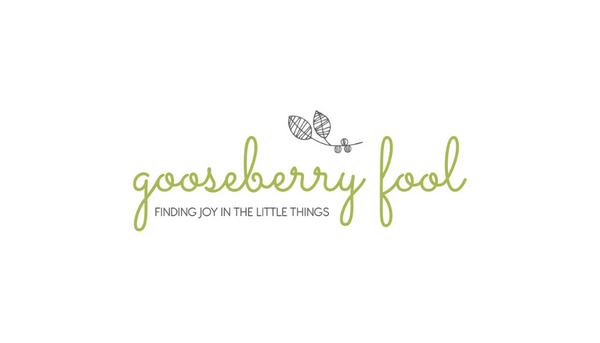
Eri Silk: Nature's Gentle Strength
Eri Silk means: non-violent silk breeding and production. It allows the metamorphosis of silkworm to butterfly to be completed so that no animal suffers or dies to create the fabrics and clothing produced. For this reason, Eri silk is also referred to as Peace Silk, non-violent silk or Ahimsa Silk. It is manufactured under the strictest social and environmental standards in India, and you can read more about the process below...

A Natural Life Cycle
The story of Eri silk begins with a peaceful journey of transformation. Once a silkworm reaches its full size, she spins her cocoon. Unlike conventional silk, where the moth is sacrificed before emerging, in the world of Eri silk, the moth breaks free, leaving behind an open-ended cocoon. This symbolises life, renewal, and respect for nature.


Rooted in Tradition
In part of Northern India, women wrap their babies in Eri silk cloth, not just for its softness but because they believe it strengthens the child’s "Rngiew", their inner life force.
The Life Cycle of an Eri Silkworm
-
Begins with an egg and hatching larvae.
-
The worm feeds on castor leaves, moulting through four stages.
-
After about 50 days, it spins a cocoon.
-
The moth emerges, lays eggs, and the cycle begins again.
Temperature and humidity play a crucial role in the worm's growth. During the intense monsoon (June–July), silk production pauses to protect the worms from excessive heat.

A Silk Like No Other
Eri silk is a naturally produced, hand-crafted yarn that respects both the environment and the silkworm. It’s not just comfortable and durable, it's a textile with a rich cultural story.
-
No harm to the moth: Unlike Mulberry silk and others, where the cocoon is boiled with the moth inside, Eri silk allows the moth to emerge naturally.
-
Hand-spun, not reeled: The cocoon is opened, boiled to soften the sericin, and then stretched into flat sheets (“rotis”) before being spun by hand.
-
Eco-friendly: The entire process uses local resources, plant-based dyes, and no chemicals, making it carbon neutral and sustainable.
A Yarn with Purpose
Eri silk accounts for only about 8% of India’s silk production. Why? Because each step; from rearing the worms to spinning the yarn, is done slowly and by hand. This silk is rustic, durable, and unlike the glossy finish of Mulberry silk, it has a soft, slubby texture more akin to cotton.
Why Choose Eri Silk for babies?
-
🌿 Ethical & Sustainable: Produced without harming silkworms.
-
🌞 Breathable & temperature regulating: Keeps you cool in summer and warm in winter, think of it as nature’s Gore-Tex.
-
✨ Hypoallergenic: Perfect for sensitive, gentle baby skin.
-
♻️ Durable & Washable: An heirloom fabric that improves with age.
-
💧 Moisture-wicking & Wrinkle-resistant: Practical for everyday use.
Supporting local communities

Eri silk is at the heart of rural livelihoods in Northeast India. It sustains cottage industries, particularly benefiting women. Entire families participate, from cultivating castor plants to weaving beautiful fabrics. Every piece of Eri silk you purchase supports traditional knowledge and eco-friendly practices passed down through generations.
Eri silk is something truly special, a fabric that’s not only exceptionally comfortable and durable, but also rooted in tradition and crafted by hand in harmony with nature, and in alignment with gooseberry fool's values and ethics. This isn’t just another type of silk; it’s a textile with a unique story.


